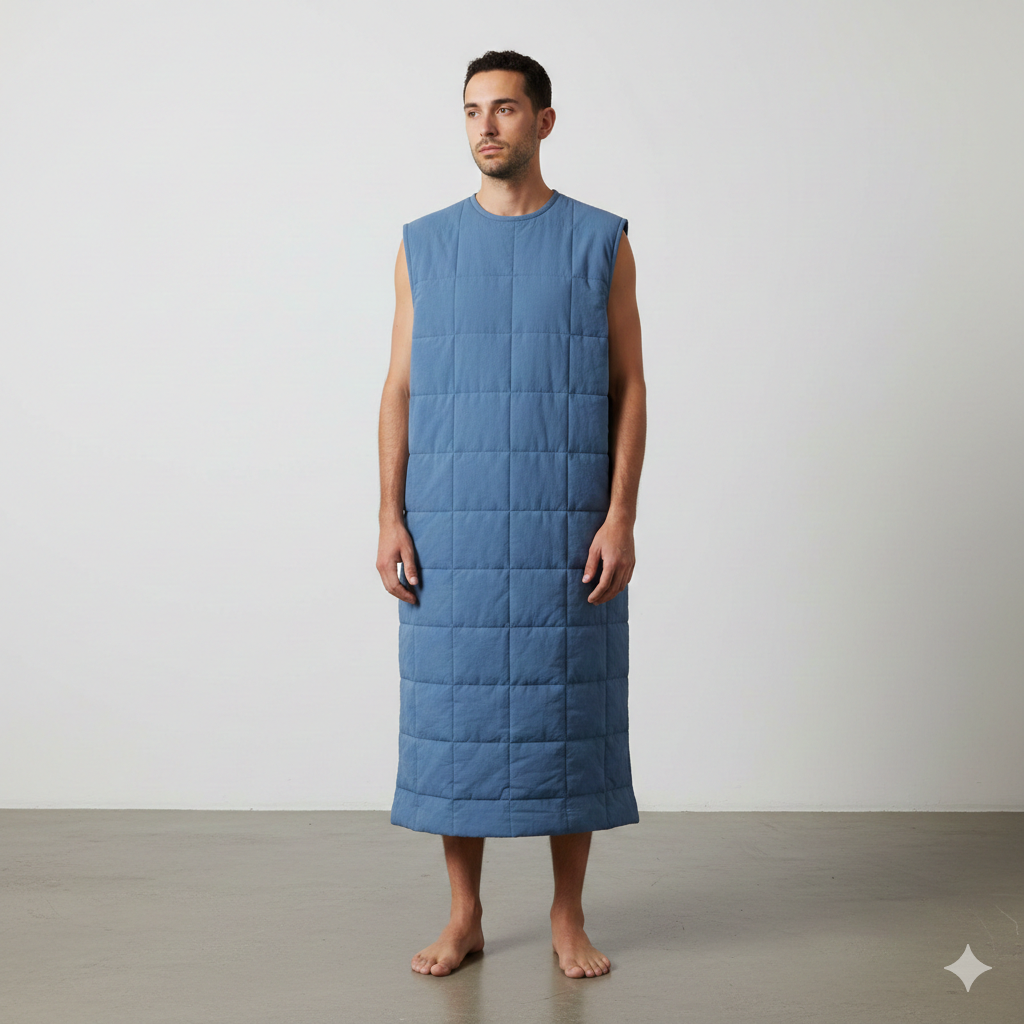The Surprising U.S. State with the Highest Rate of Skin Cancer

Data from the CDC examines how the incident rate of melanoma, a potentially deadly form of skin cancer, breaks down by state. The trends might surprise you, as many land-locked states ultimately diagnosed more cases over a four year period than sunnier states like Texas and Florida.
Utah took 51st place, with the highest rate of new melanoma diagnosed between 2016-2020. Adjusted for age and among all races and ethnicity, Utah diagnosed 5,736 new cases, with an interval of 40.8 per 100,000 people. The mountainous state is over 6,000 feet above sea level and, according to Census data, is around 90% white non-Hispanic.
Both of these factors potentially contribute to the high incidence rate of melanoma in the state. Higher altitudes comes with an increase in UV radiation, and fair-skinned people are around 30% more likely to develop skin cancers than skin tones with more melanin.
In 50th place, Vermont, another state with an overwhelmingly white population (over 93%) had a rate around 36 cases per 100,000 people. But, Vermont is a small state, meaning the actual number of cases diagnosed was only 1,503.
Well, those states have a lot more people of color in their populations. While it’s absolutely true that anyone can get melanoma, regardless of skin color, more melanin-rich skin is better protected from the sun over all. That leads to an overall smaller rate of skin cancer.
California, for example, has a white population of around 56%. That definitely contributes to their placement at 23rd. Texas, at the rock bottom of this list at 4th, has a white population of just over 39%. Both of these states are sunny for most of the year, but the protection darker skin tones get from the sun greatly impacts these stats.
One of the other reasons why sunny states are lower on this list overall is ironically because they’re so sunny. High risk states tend to have intermittent sun exposure, leading to a false belief that you need less or no sun protection. But cloudy days are still days with UV exposure, and people who are not taking appropriate steps to protect themselves are exposed.
Ultimately, there are a lot of factors at play. When you’re examining data like this, you also have to consider the kind of medical care available and how health behaviors vary across the country.
At NewBeauty, we get the most trusted information from the beauty authority delivered right to your inbox
Find a NewBeauty 'Top Beauty Doctor' Near you




